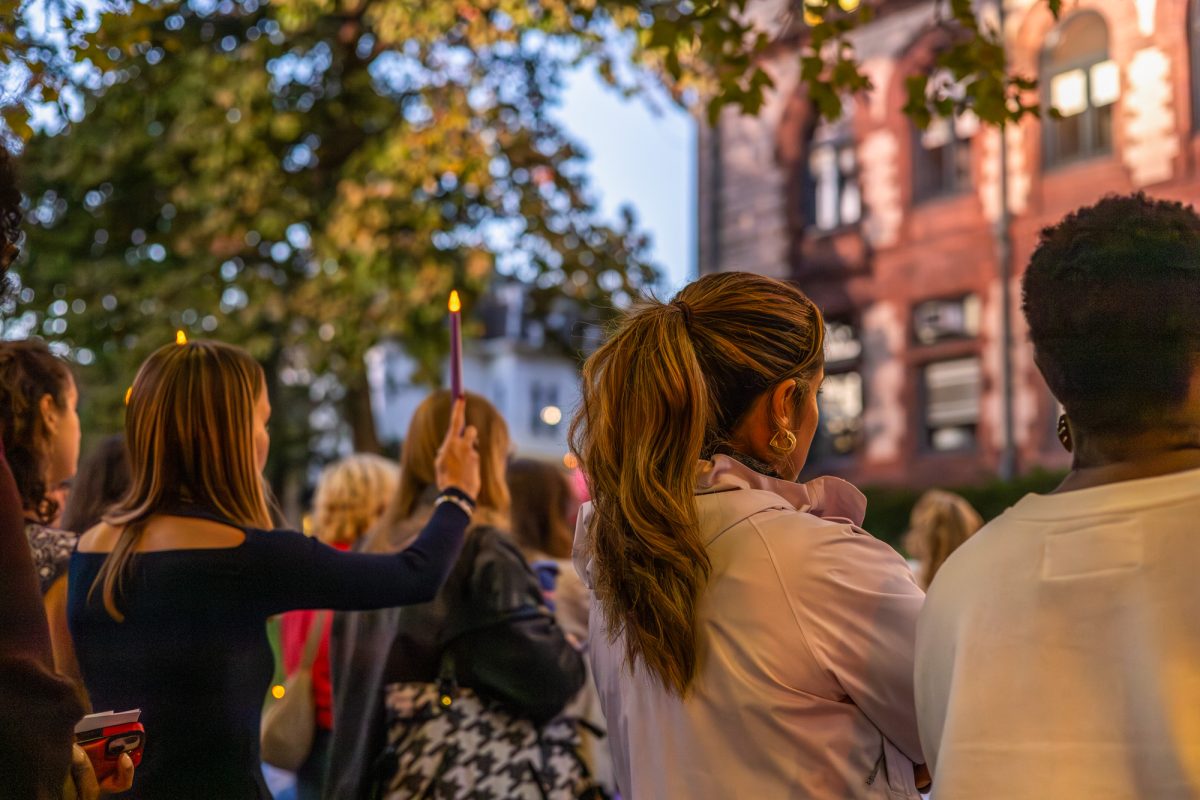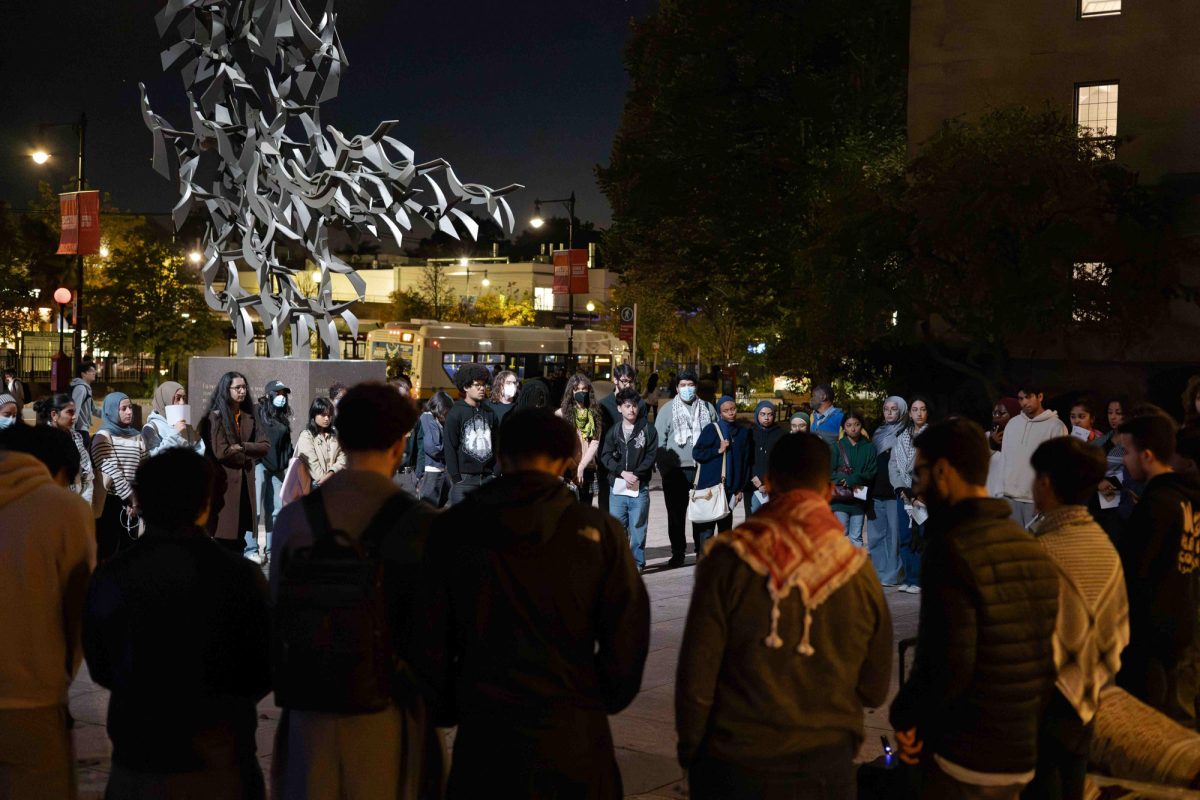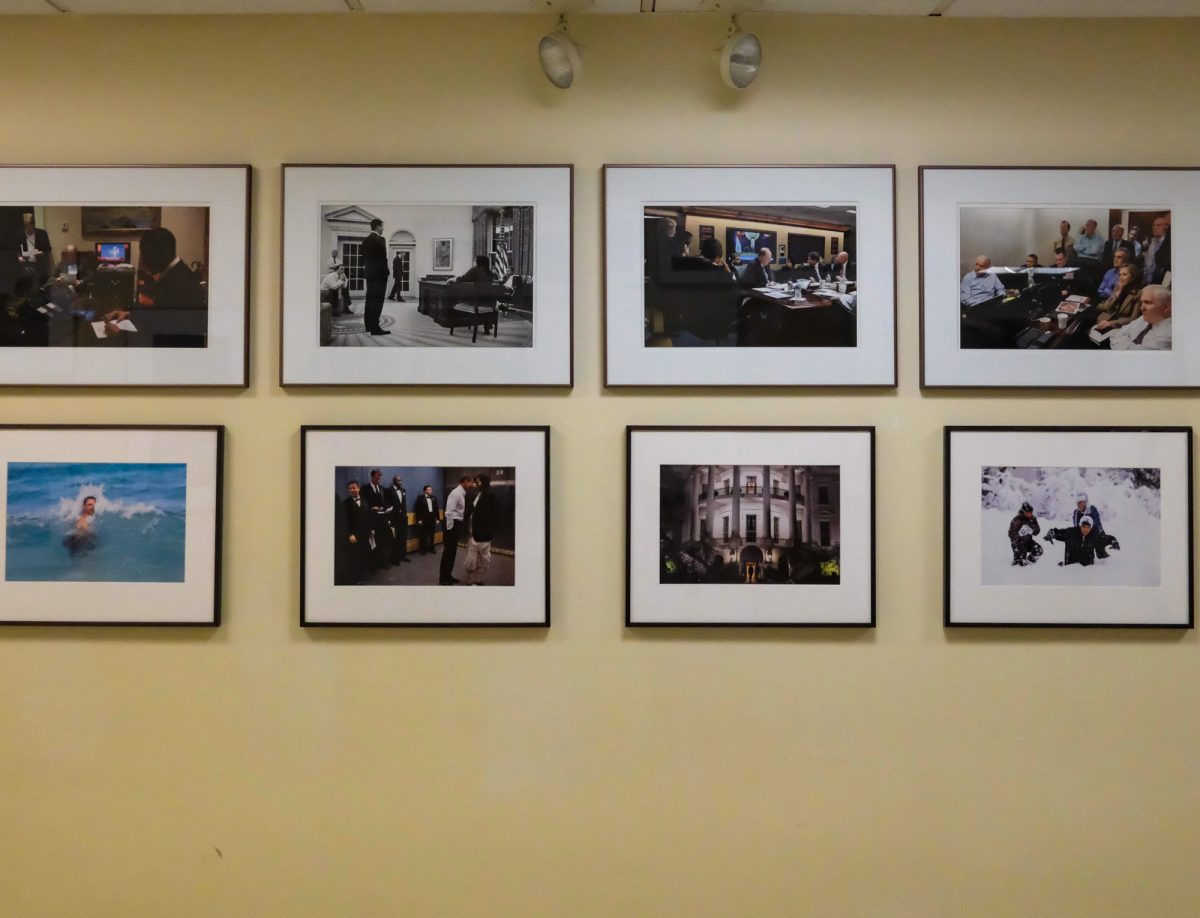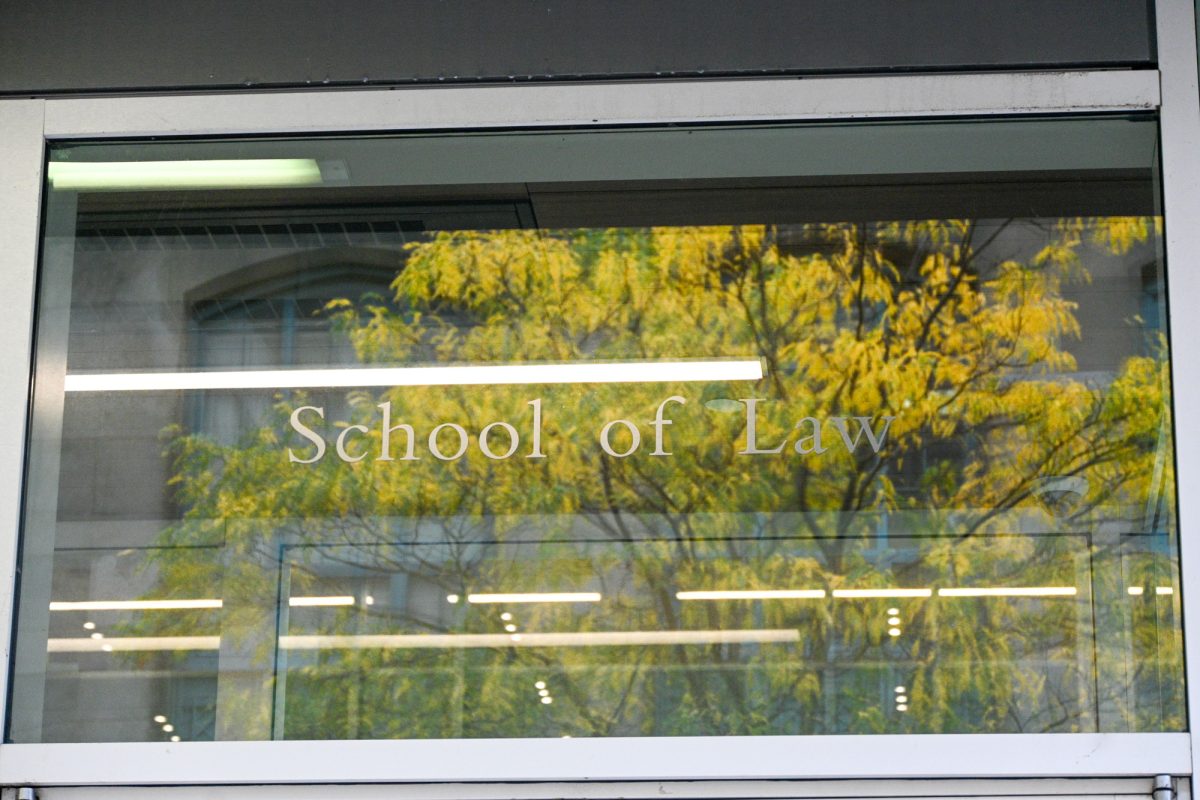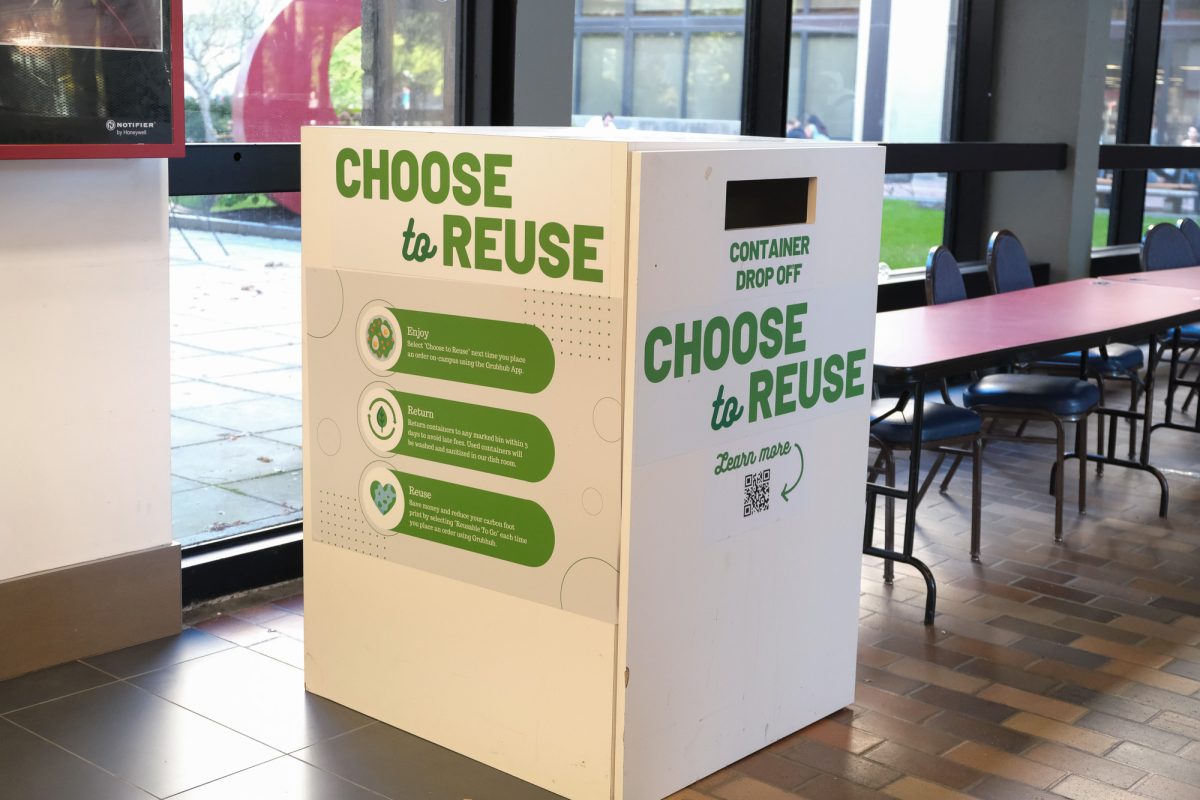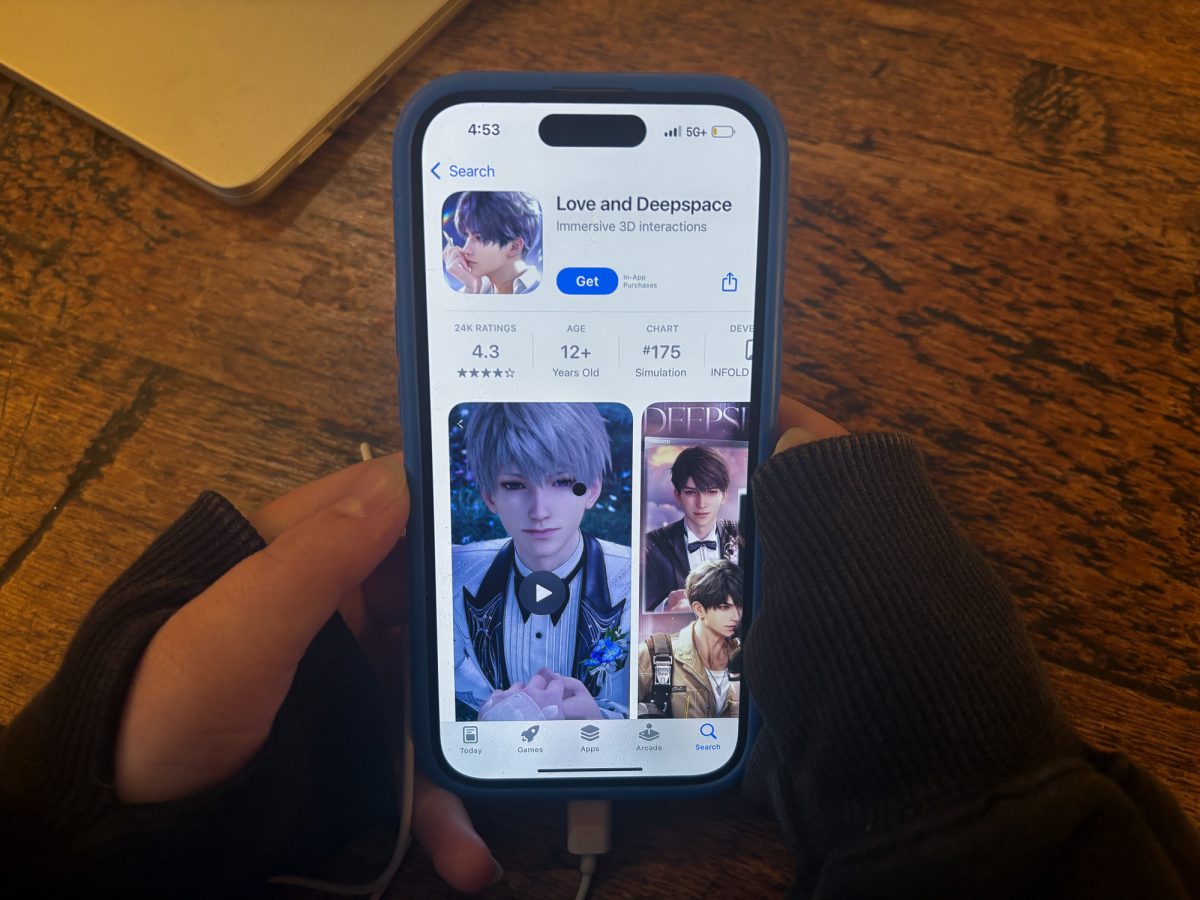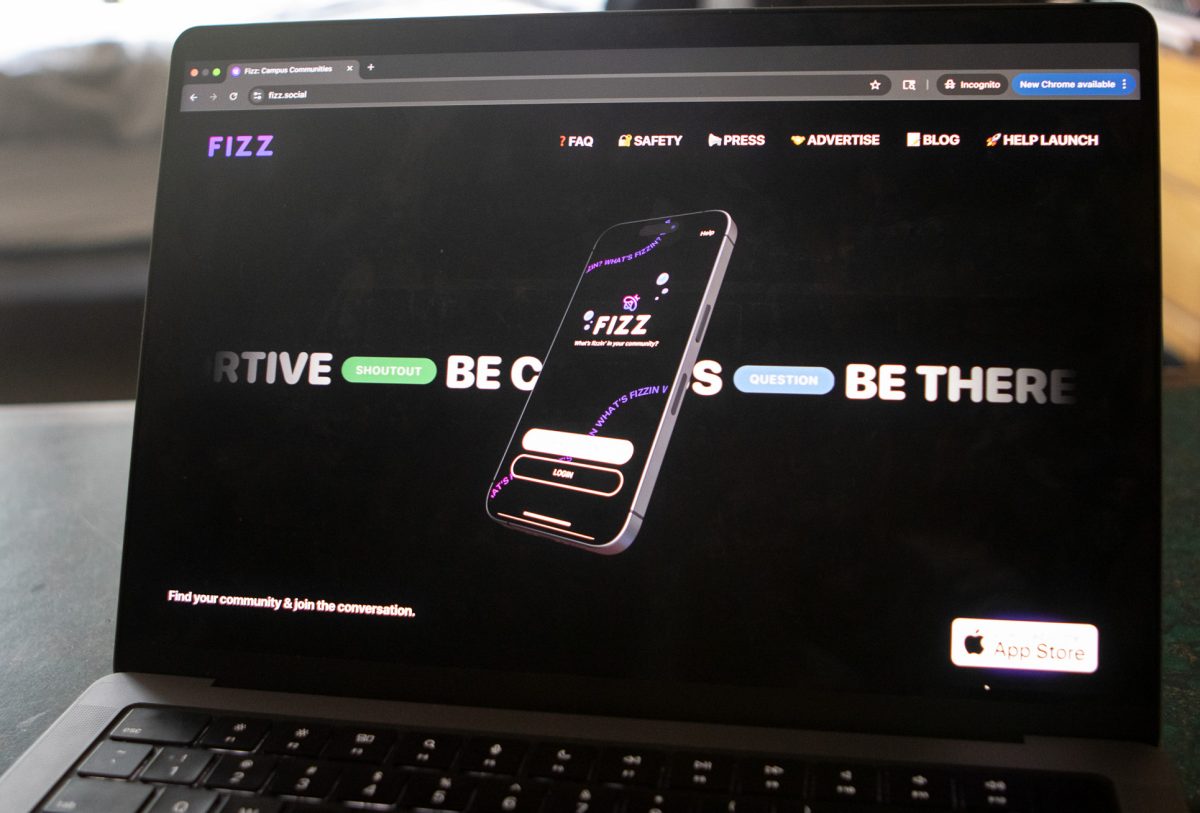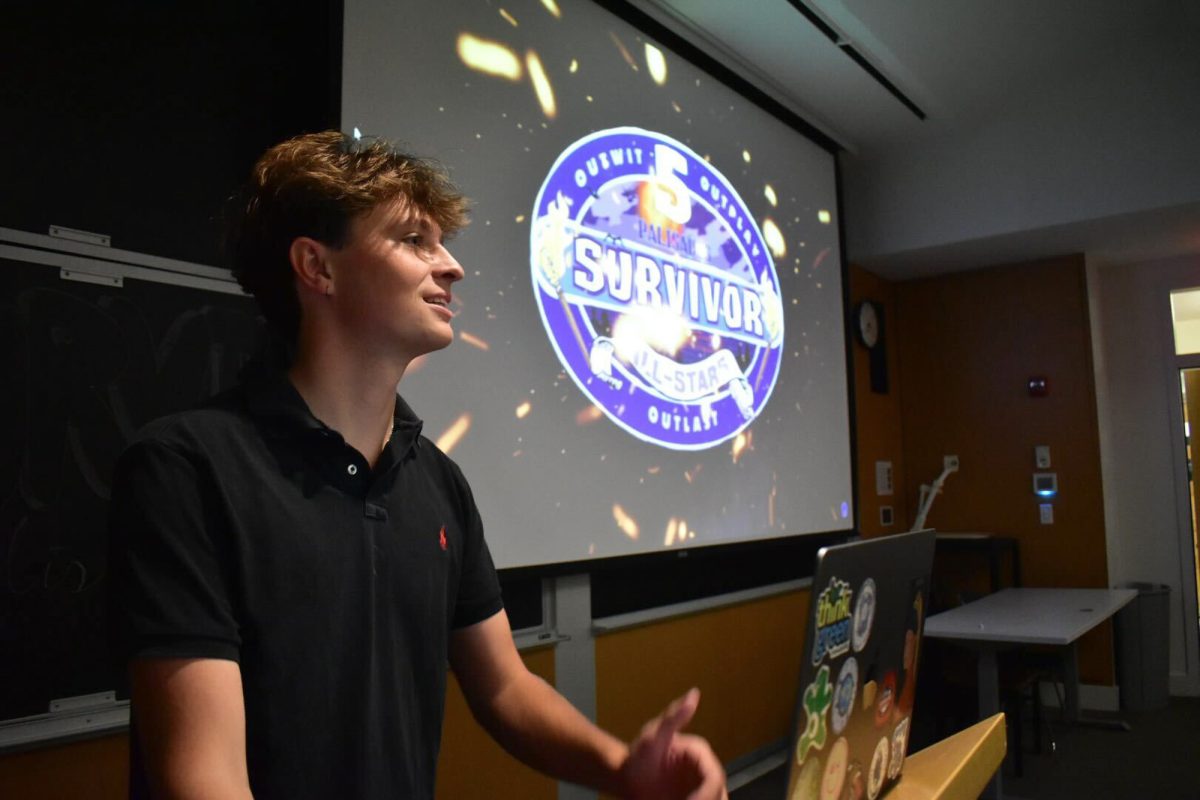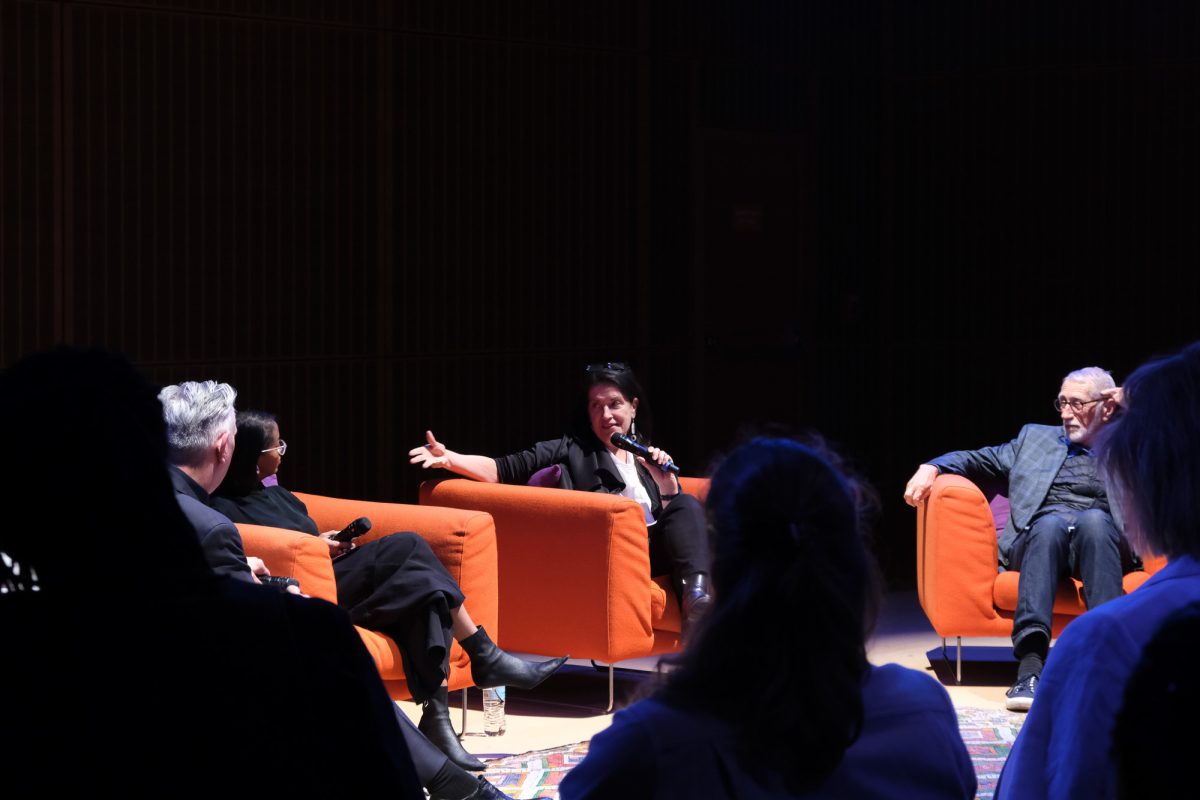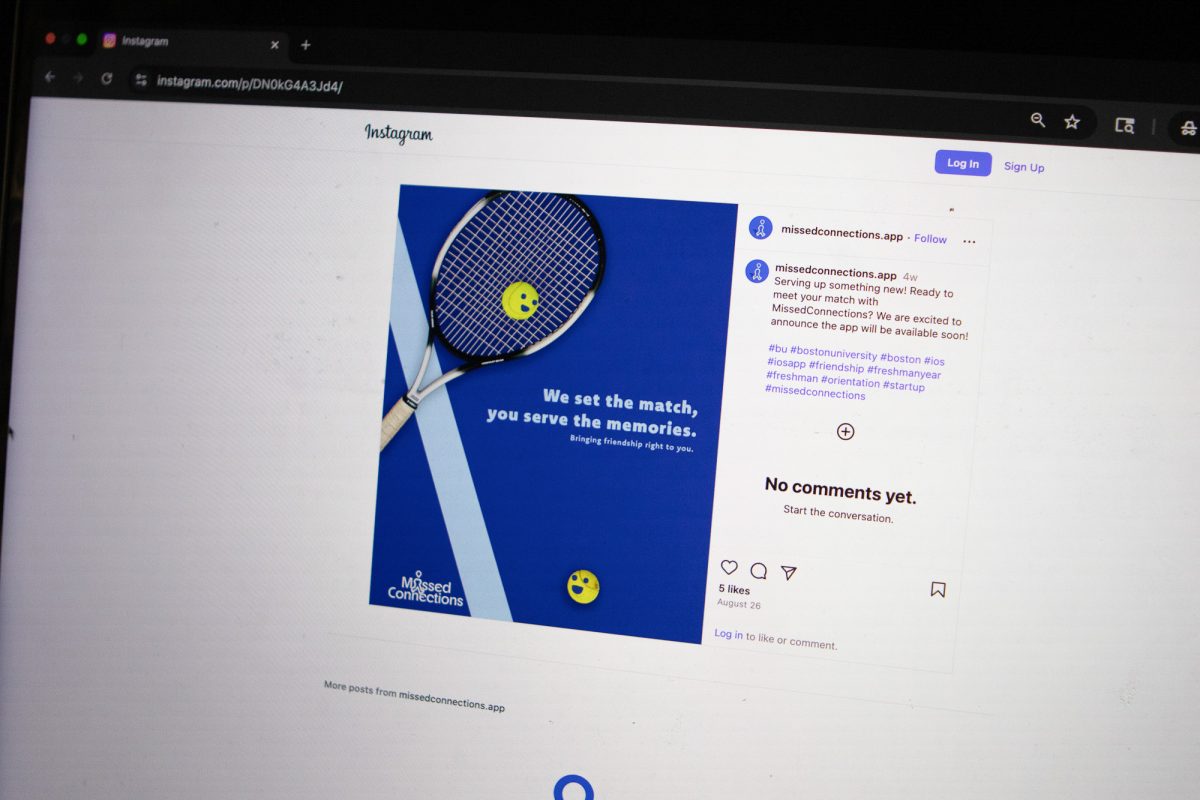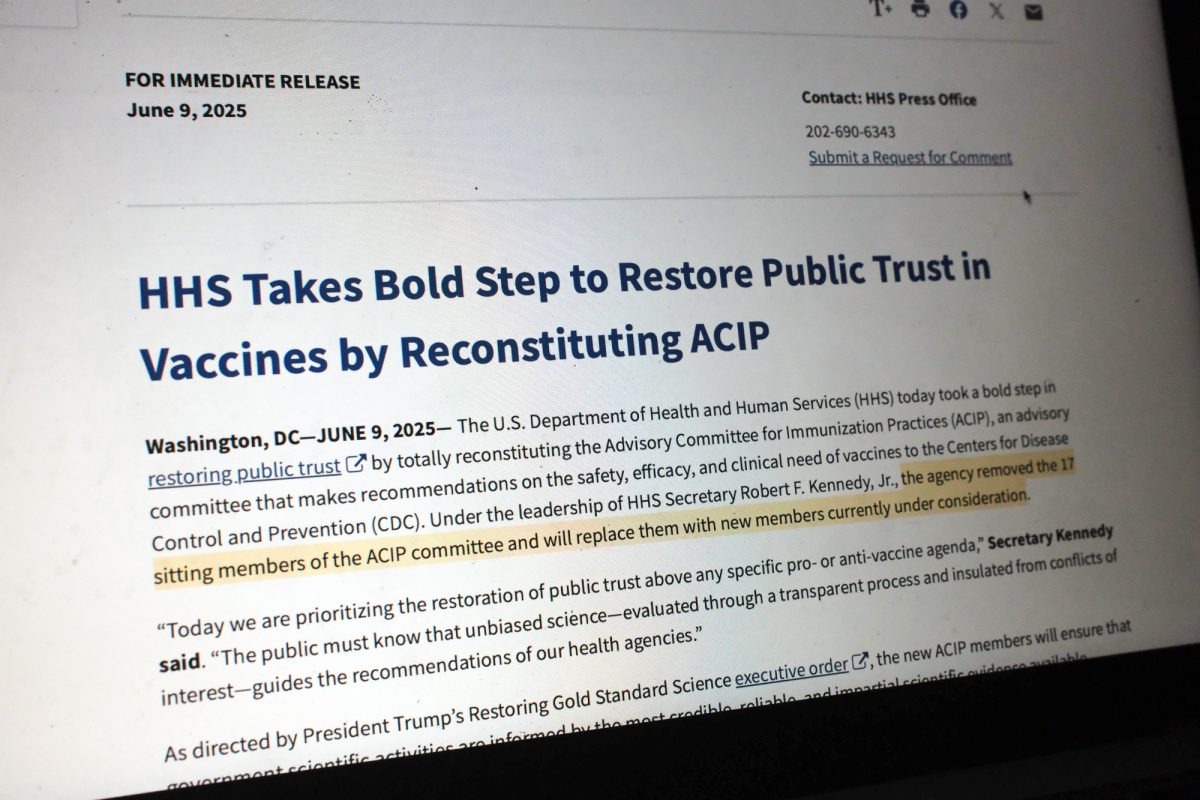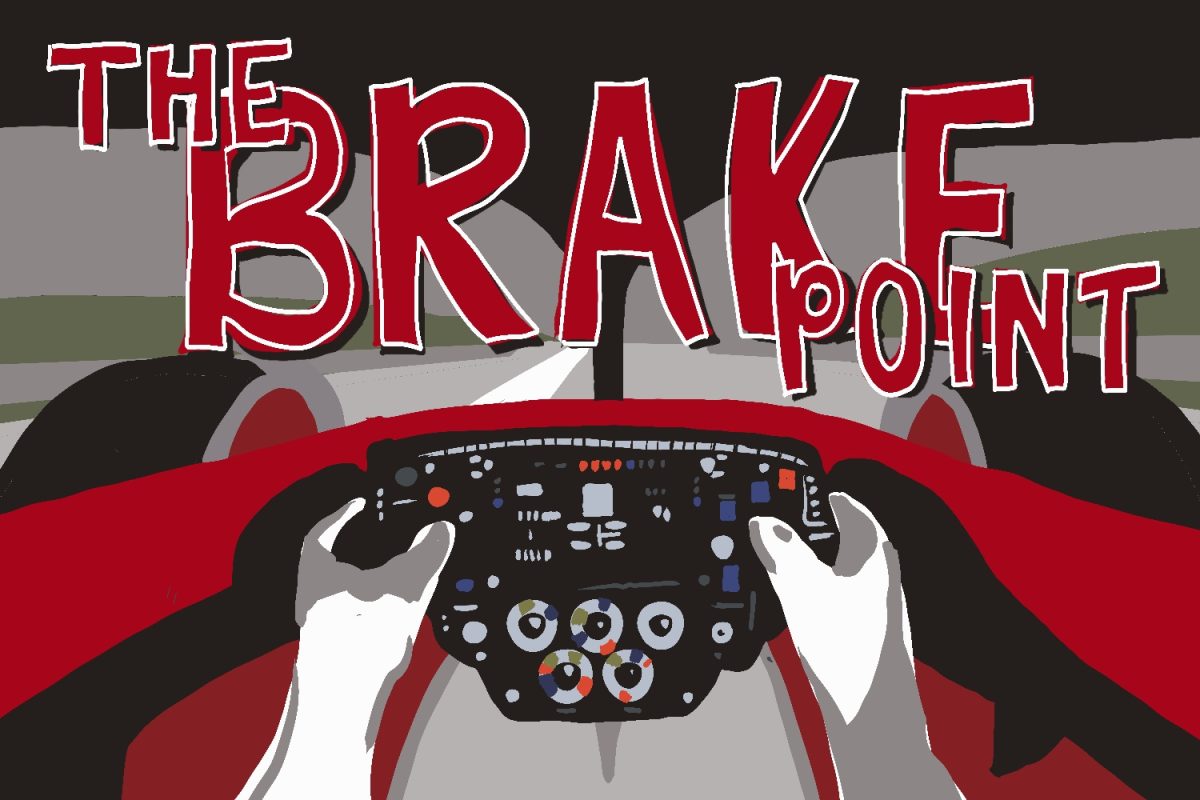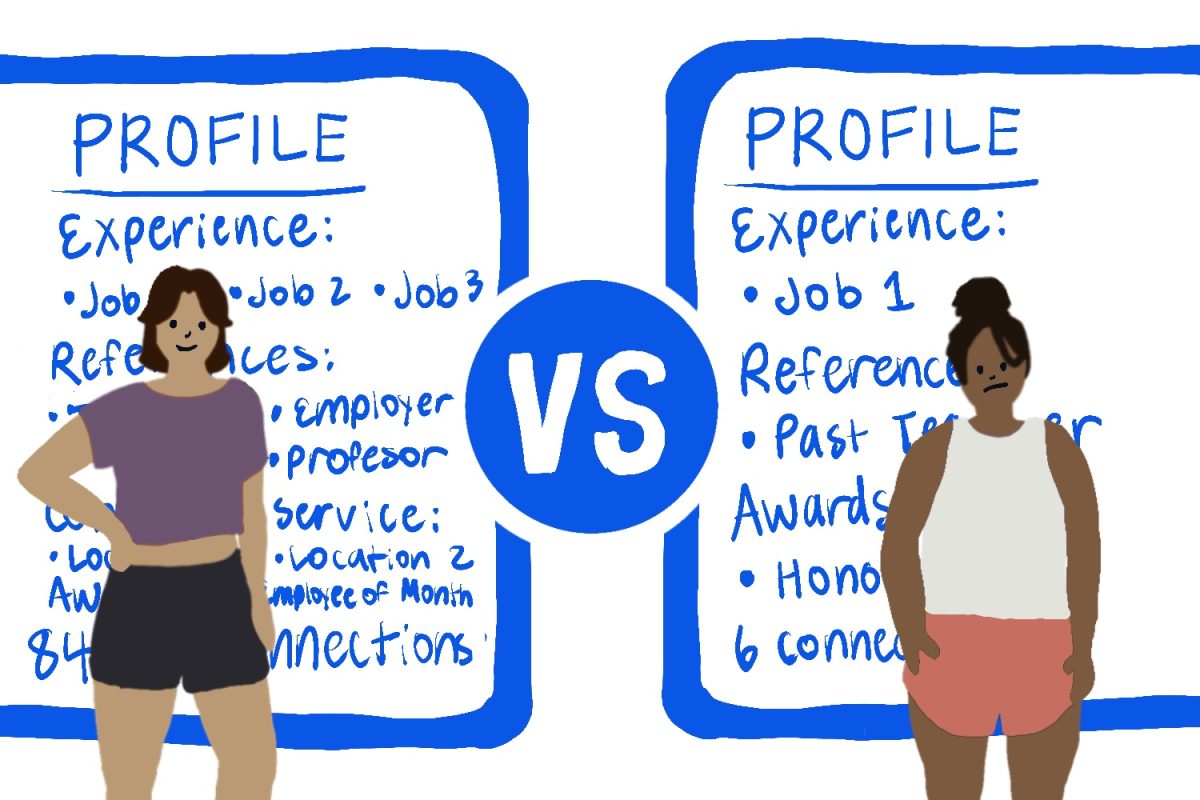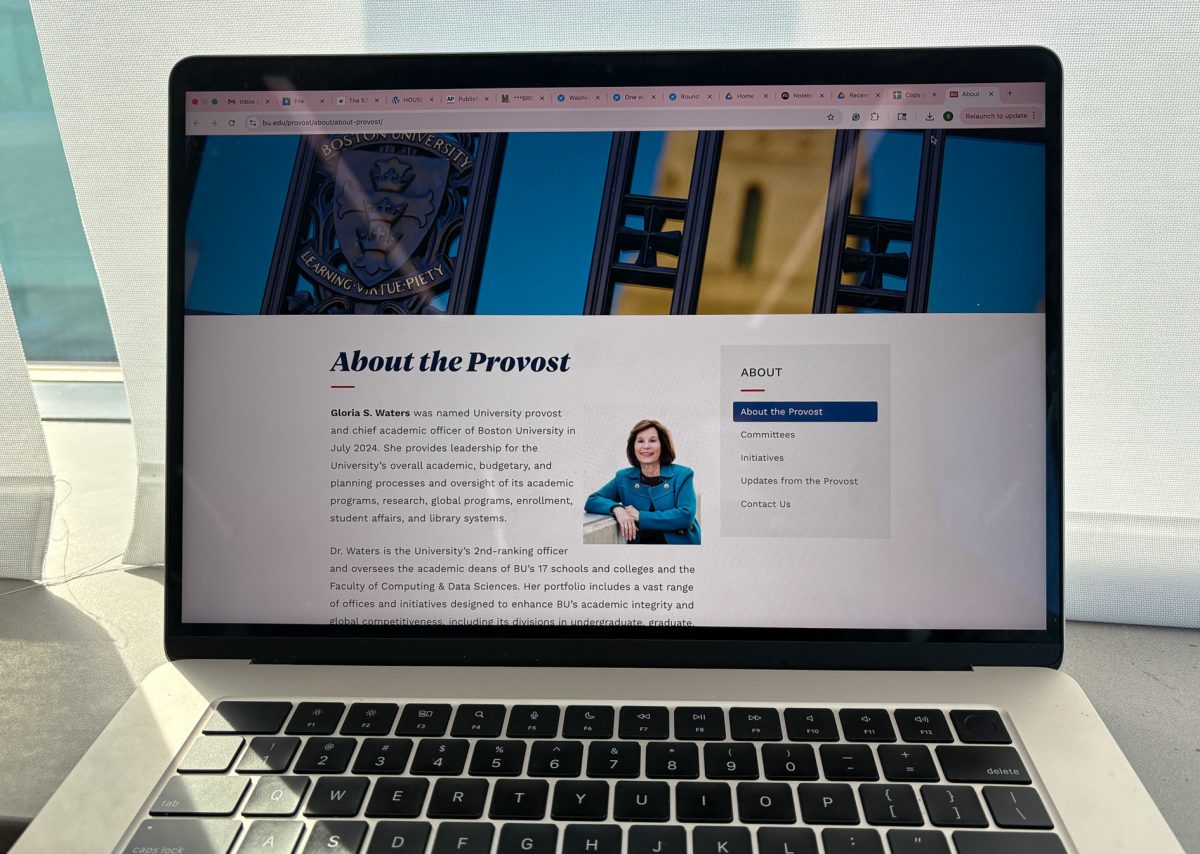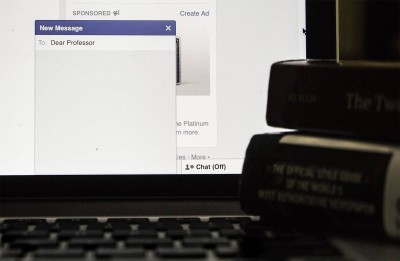
Upwards of 40 percent of university students use social media to stay in touch with university tutors and lecturers, according to a study by Jisc, a nonprofit British digital education and research company.
Facebook is the most popular form of communication, followed by Twitter, WhatsApp and Snapchat, according to a Tuesday press release by the company. The study also documented an overall increase in use of technology in educational settings.
“The study also found that more than a quarter (28 [percent]) of students use their smartphones to draft essays, while 30 [percent] use tablet computers when studying,” the release stated. “It also revealed that when it comes to choosing where to study, students are taking technology facilities into account, with 45 [percent] of students saying technology played a part in their choice of university or college.”
Martyn Harrow, chief executive for Jisc said in the release that colleges need to adapt to the new focus on technology.
“With increased fees and greater competition for a job after graduation, students are choosing their universities very carefully now, and rightly so,” he said in the release. “Institutions need to make sure they’re providing the best possible tech facilities and communicating with students over channels those students are already using.”
Jacob Groshek, a professor of emerging media studies in Boston University’s College of Communication, said this change has been forthcoming for a long time.
“The general trajectory towards less and less formality has been underway for quite a long time,” he said. “Minimizing boundaries between authority figures and the people that they’re working with and teaching … is more informal and creates a different sort of relationship and dynamic, some of which could be beneficial to the learning process.”
Despite this, Groshek said he finds the 40 percent statistic reported in the study to be a little high.
“Not only based on my review of the literature and things like that, but just impressionistically, from my own experience, I don’t have 40 percent of my students that are contacting me primarily through social media,” he said. “Of course, some do. It does happen.”
Appropriateness of the interaction depends somewhat on the social media platform they are using, Groshek said.
“Having students and professors as Facebook friends to one another is a little bit different than following one another on Twitter,” he said. “The only risk, of course, comes from that fact that people can be a little bit less aware of everything that they’re posting or forgetful perhaps of who exactly is in their audience. A student might post something that would be inappropriate for an instructor to read.”
Several students said they have mixed opinions over whether this new trend is positive.
“Using social media to communicate with professors has been beneficial to my classroom experience,” said Ebru Kir, a junior in COM. “The more students are using social media, the more professors should be adapting their teaching methods.”
Michael Gajda, a freshman in the College of Arts and Sciences, said he sees keeping in touch with professors via social media as a productive use of technology.
“It’s a great medium to contact professors at times when they normally aren’t in their office or available by email,” he said.
Kara Nelson, a freshman in the College of Engineering, said she did not know so many people used social media to contact their professors.
“It’s surprising. I don’t use social media to do that. I normally just use email,” she said.“Social media is becoming really important. People are very into other peoples’ business.”

